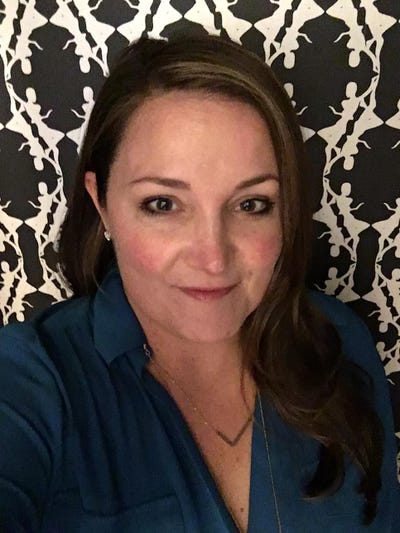Episode 102: Beyond the Basics of PFAS
In this episode of NothingWasted!, we bring you a dynamic session from WasteExpo Together Online: “Beyond the Basics of PFAS.” The discussion focused on where the waste and recycling industry currently stands on managing per- and polyfluoroalkyl substances (PFAS), and what might be coming down the pike.
The speakers were: Nikki Delude Roy, vice president at GeoInsight, and Stephen G. Zemba, project director at Sanborn Head & Associates, in conversation with Ivan A. Cooper, BCEE/principal and National Water/Wastewater practice leader at Civil & Environmental Consultants.
Here’s a sneak peek into the speakers’ insights:
The discussion dug into the fact that regulations are seemingly changing on a daily basis and vary widely from one region to the next. Roy noted that each state is honing in on different numbers and different selections of PFAS compounds, and some have set their own specific regulatory limits.
For instance, New Hampshire has focused on PFOA and PFOS, which are the most common PFAS types, but it is also looking at two other types: PFHxS and PFNA. Massachusetts and New Jersey have also expanded their list beyond PFOA and PFOS. And Michigan has even adopted a standard around a replacement compound, GenX. In other words, the handling of PFAS is a real challenge for operators managing multiple facilities in multiple states.
Another complexity is that certain states such as New Hampshire, New Jersey and Michigan have compound-specific regulatory limits whereas others, including Massachusetts and Vermont, look at combined totals rather than individual numbers for each compound. “So this is really becoming an incredibly challenging regulatory framework to try to follow,” Roy said.
Zemba further pointed out that, with a lack of federal regulations, “Every state is on its own and having to interpret a different set of toxicological data, which given all the uncertainty is hard to do, so many are adopting very low numbers to be careful.” The potential impacts from PFAS in groundwater and drinking water are of particular concern from a toxicological standpoint. “If you have PFAS in drinking water, especially PFOA and PFOS, chances are you are going to see it in your blood,” Zemba said.
The national average for PFOS in an individual’s blood is between four and five parts per billion (ppb). But Zemba cited research on a particular person, living downgradient of a landfill that took a lot of PFAS- containing material, tested at 3,200 ppb in her blood, “and it scares people, and it scares regulators.”
The discussion also touched on the fact that there is a believed relationship between PFAS and COVID-19, as PFAS may have affected children’s immune systems, increasing their susceptibility when they are older. Some of the concerns around potential immunological effects on children are leading to the establishment of the very low acceptable thresholds.
“People are guessing and putting in extra safety factors … there is so much uncertainty in models, and we could do better toxicity studies than we are,” Zemba said.
Listen to how they dug into the relationship between landfills and wastewater treatment plants. “What’s coming out of landfill in leachate is different from what’s coming into it in the way of compounds. A lot of PFOS specifically are coming into landfill that are not coming out…and compounds coming into landfill and going out are different,” observed Zemba. In many cases, it seems that sequestration is happening in landfills. But, ultimately, “the PFAS cycle is complex, and landfills and wastewater treatment plants should not be making hasty decisions.”
The session continued with a look at surface-water standards, stormwater, and air emissions – and technologies that can potentially help to address certain concerns.
#NothingWastedPodcast
About the Author
You May Also Like




